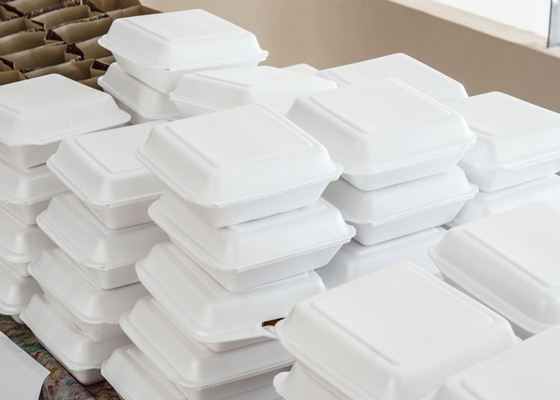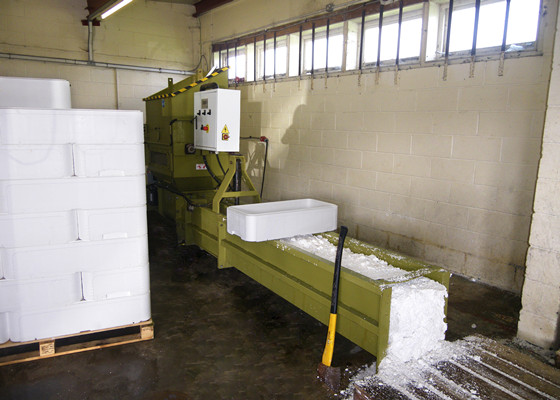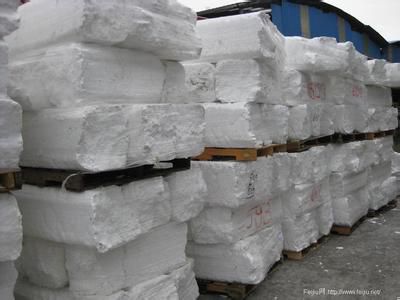Styrofoam has excellent long-lasting thermal insulation, unique cushioning shock resistance, aging resistance and water resistance, so in construction, packaging, electrical and electronic products, ships, vehicles and Aircraft manufacturing, decoration and decoration materials, housing construction and other fields have been widely used, which greatly facilitates our lives.
But more than 50% of them are electronic and electrical shock absorber packaging, fish boxes andFresh-keeping packaging such as agricultural products, these products are abandoned after one-time use, because EPS has bacteria resistance, weather resistance, corrosion resistance, and can be completely degraded under aerobic conditions for 300 years.
A large amount of discarded foam is scattered in the natural environment and becomes a “white pollution” that affects the living environment of the earth.Discarding EPS from classification,polystyrene foam has a short service life. About 50% of polystyrene foam products have a service life of only 2 years, and 97% of polystyrene foam products have a service life of less than 10 years, resulting in an increase in the amount of waste.
In terms of product types, the sources of discarded polystyrene materials mainly include disposable foam packaging materials, foam shock absorbing materials, disposable lunch boxes, disposable containers, household items, children’s toys, pipes, and insulation boards.
Building materials and machine materials and scraps during processing.
The recycling process can be classified according to the source, form, materiality, impurity content, moisture content and purity of the raw materials of the waste polystyrene foam.
According to the source of the product, it can be divided into: single plastic products, similar plastic products, mixed plastic products, the former two have high recycling value and can produce high quality ps particles. Single plastic products such as ps foam fish boxes, scraps from large companies;similar plastic products such as household appliance packaging materials, shock absorbing materials, mixed plastic products such as recycling ps recycled foam plastic.
According to the form, it can be divided into: uncompressed foam, cold pressed foam, cold pressed foam, hot melt cake. Uncompressed ps foam directly recycles and costs more and is less productive.
With the help of GREENMAX polystyrene compactor, we can largely reduce the foam wastes and you can even make profits out of polystyrene recycling industries, so it is not smart enough to ban styrofoam usage.


